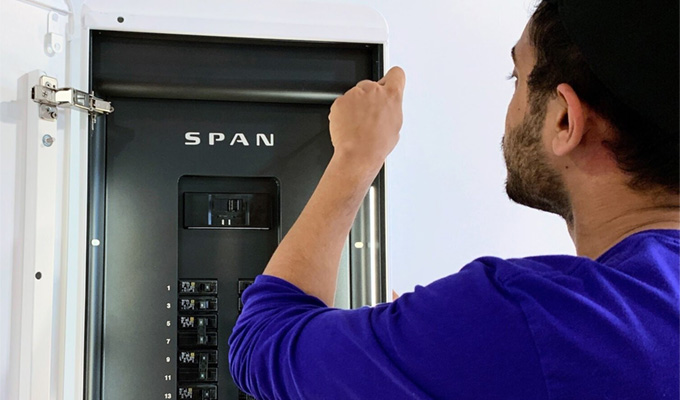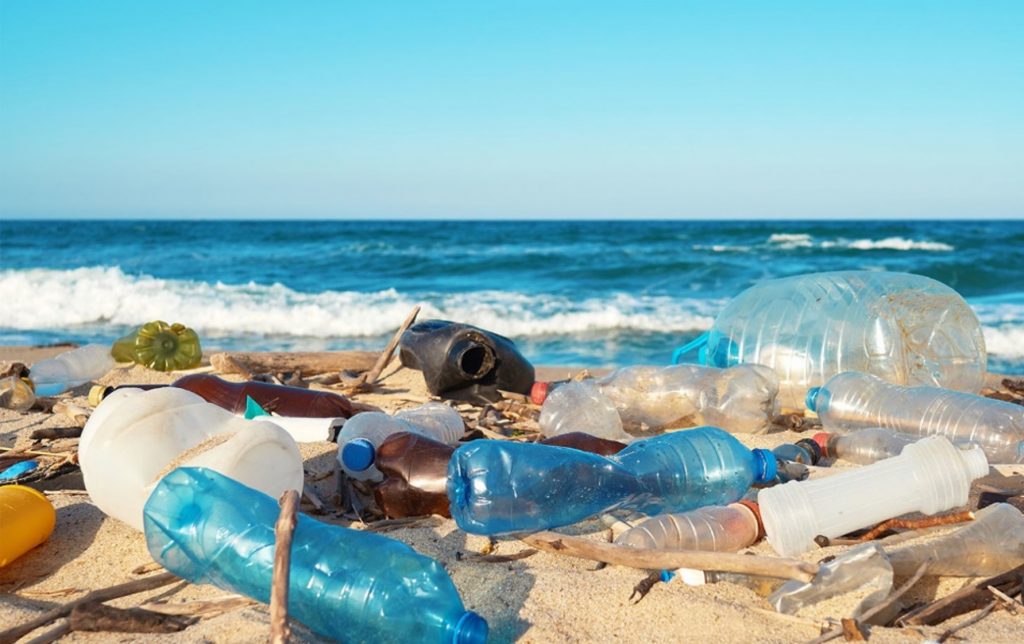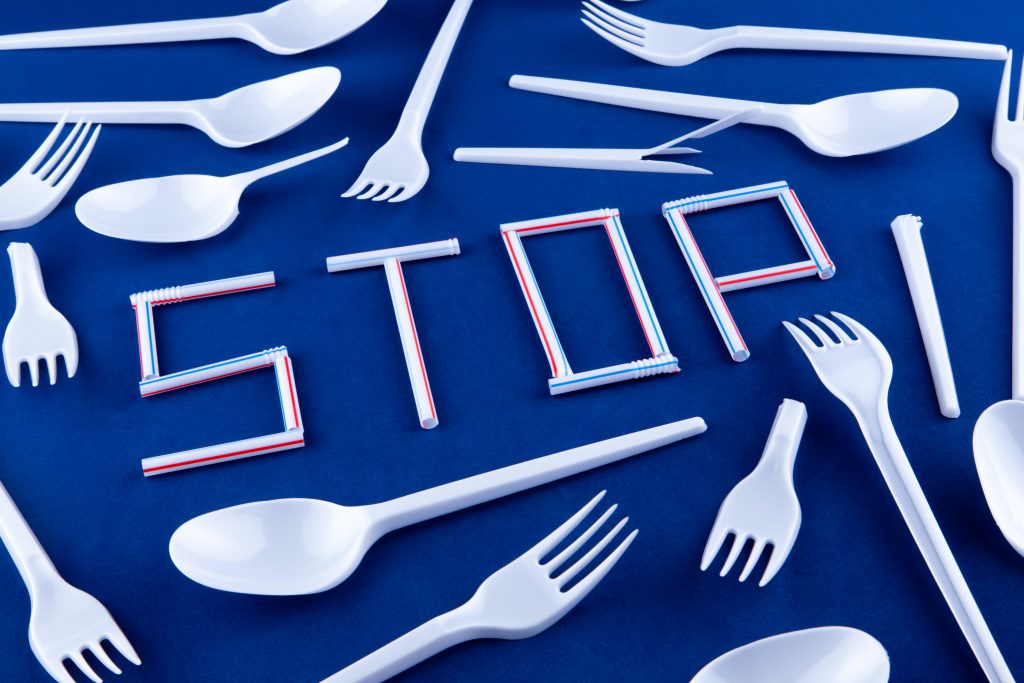Howdy 👋
Tom Brady became an undisputed G.O.A.T last night by beating the Chiefs.
Kind of makes you wonder which technologies will become the undisputed GOAT in helping move us to more resilient and clean power.
In Your Inbox: $20M funding round for smart electrical panels; Startup converting plastics into more plastics; Startup converting plastics back into oil

Priced for the hardware between $1,000 – $2,000 depending on the type of electrical panel you have makes the cost to implement a Span Smart Electrical Panel come out to around $3,000 when you factor in labor.
Now the pitch is that the cost savings on labor overall – when implementing a solar + storage system outweighs the cost for using something like a Lumin Smart Panel or comparable protected loads panel.
This is predominantly due to cost.
Any value that may be available in cash savings by choosing Span over a traditional protected loads panel is likely to be negligible when considering the overall cost of a solar + storage system.
Which is why most homeowners that will consider purchasing a smart electric panel will likely purchase this premium product from Span since it is the best current choice based on early feedback and system specifications.
However, for Span to make it to the mass market/incumbent stage a lot of things have to go right for them.
SPAN’s customer is not the homeowner, it is the utility and the grid operators.
OhmConnect, Virtual Peaker, Autogrid, Uplight and a few others all play in this “load flexibility/demand response” space. Some specializing in providing load flexibility via physical batteries at homes and some using smart thermostats to reduce load during peak hours.
SPAN can hit every single breaker to the house.
Since their product digitizes the entire electrical panel it is hard to see any utility or grid operator not jump at an opportunity to actually use that to their advantage. Turning off entire breakers within the house during demand response events or shifting to backup power from the battery dynamically creates a compelling use case for utilities to heavily subsidize these systems.
However, this may be a catch 22 as for utilities to see value from SPANs panels – there needs to be a decent number of installs active in their territory.
This has to be the smartest play by Arch Rao and his team at Span. Coupling their smart panels with batteries natively increases the likelihood of adoption as installers aren’t having to sell a smart electrical panel separate from the battery they pitched their prospective customer.
The investors involved, the team building and the product are all great from what we’ve gathered on Span. There are natural concerns on price, homeowner demand, scale performance and the true savings a panel can create – but these are standard for any new company on the block.
Span has found a niche that the cleantech community has supposedly gotten around and is curious in following.
We believe that Span – or broadly smart electrical panels – have a niche in the demand response and load flexibility arena because of the level of control they can provide the utility. At the end of the day the thing that will give Span the win in this market over existing startups isn’t price, product or team/capitalization…it’ll be their ability to adopt customers at scale.
The journey will be long for Span, but given they can continue to improve their product and drive widespread adoption over the next 10 years they may have one of the most valuable demand response assets on the market.
Sign up for The Impact and learn the perspectives behind the latest sustainability trends

Waste to value processes are gaining momentum. Brightmark, a startup innovating to solve the problem of waste, has announced its intent to form a joint venture with SK Innovation to build a plastics pyrolysis plant in South Korea.
As technologies that turn waste to value mature and become economically feasible, we will see more collaborations, partnerships, and joint ventures. Having both financial and environmental returns on investment are key for technology adoption.

Tal Cohen, the Founder and CEO at PlasticBack, took some time to talk about what he’s working on, what the landscape of recycling looks like, and where the market is heading.
PlasticBack has developed a unique and proprietary technology of plastic waste chemical recycling at far lower temperatures than current processes (below 100 degrees, compared to between 600 and 1000 degrees).
It can become a key in reducing plastic waste worldwide. Using chemical oxidation technology, PlasticBack is able to convert plastic waste (back) to crude oil and valuable chemicals which can be used to create new plastics and alternative fuels. In addition, PlasticBack can convert high density forms of plastics. The economical and sustainable benefits of the technology are enormous.
The world produces more than 330 million tons of plastic each year, a lot of which ends up as waste.
Since the beginning of mass production in the 1950’s, over 8 billion tons of plastic waste has been accumulated in landfills and natural environments. It can take up to 1,000 years for plastic to decompose. This huge accumulation of plastic in the environment adversely affects human and wildlife.
Shortage in landfill space, growing regulation and environmental awareness are driving innovation in the plastic recycling market. It’s a big business and current recycling technologies are limited, and exporting waste to be burnt in China is certainly not sustainable.
PlasticBack is creating value in waste and is working towards reducing landfills, ocean dumping and burn sites in an economic and environmental-friendly manner.
There are three main plastic waste recycling technologies that are currently being used. About 8% of annual waste produced is mechanically recycled, 12% is treated by incineration processes, some is chemically recycled and the rest is landfilled.
The solution of choice is Mechanical Recycling.
It is about cleaning, grinding and heating without changing the chemical structure of the plastic. This approach is restricted to a few plastic forms. The second approach is Incineration, which is also problematic. The third approach is Chemical Recycling, which converts plastic to fuel (PTF) and requires high temperatures and hence a lot of energy, large facilities and tends to be economically inefficient.
Current trends in the market, driven by regulation and consumer demand, are pushing to circular technologies able to produce raw material and new plastics from plastic waste. The emphasis is on the production of new plastics, rather than electricity, fuels, and other non-circular applications.
China’s decision to limit plastic waste imports in 2017 and the EU’s new €700 per ton levy on plastic waste landfilling will be the driving forces in the near future for new technologies and business models in the plastic recycling industry.
Writers: Swarnav S Pujari, Daniel Kriozere
If you aren’t absolutely thrilled with The Impact, reply and let us know why. Or you can unsubscribe from all updates by clicking here.
Copyright © The Impact 2021. All Rights Reserved || 19 Morris Ave, Bldg 128, Brooklyn NY 11205
Develop your market map of up-and-coming climate startups and market opportunities by subscribing to our weekly newsletter for free.